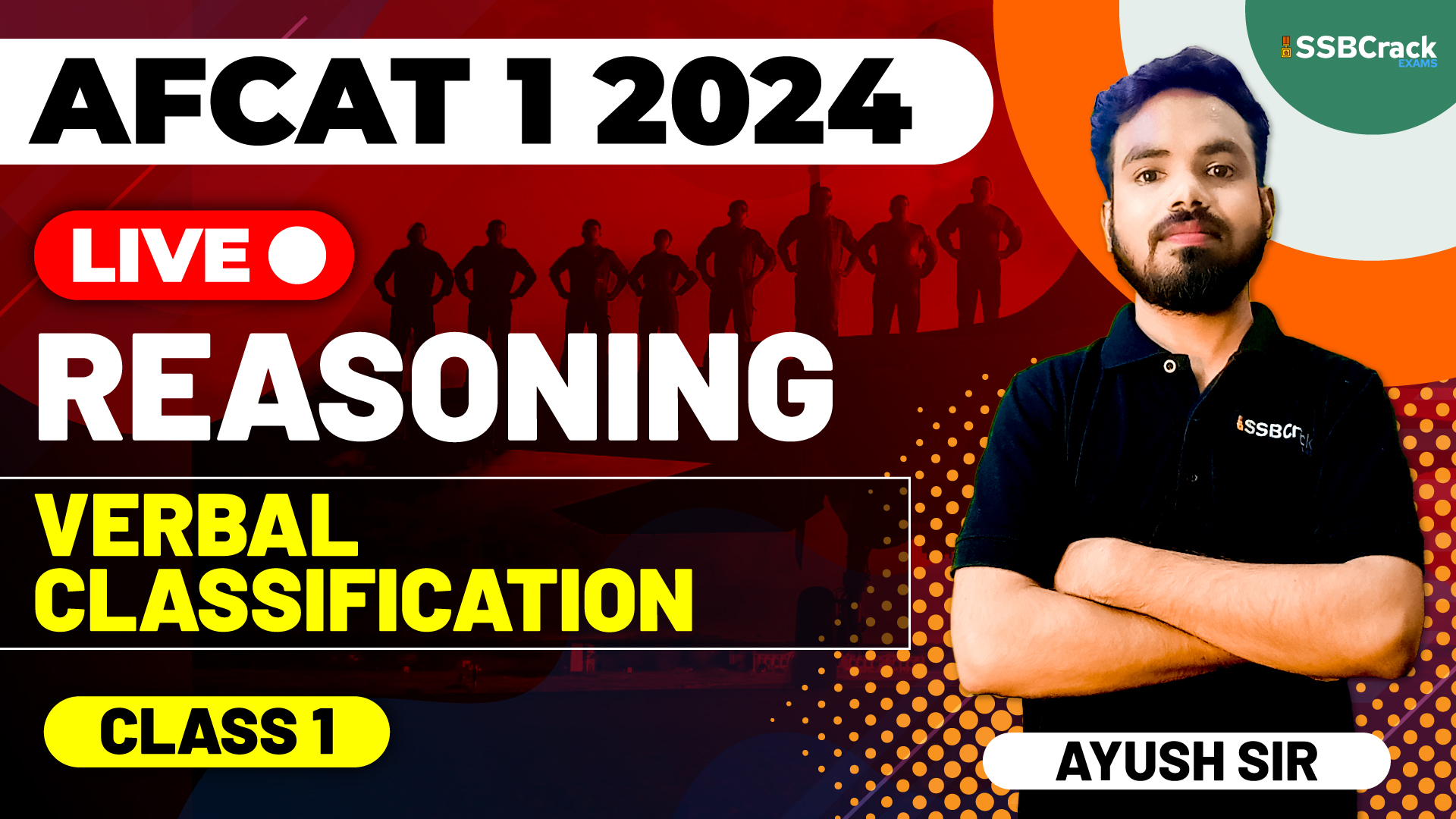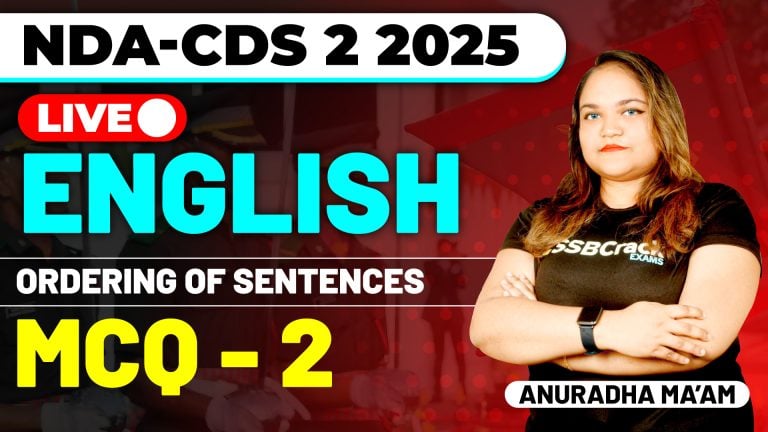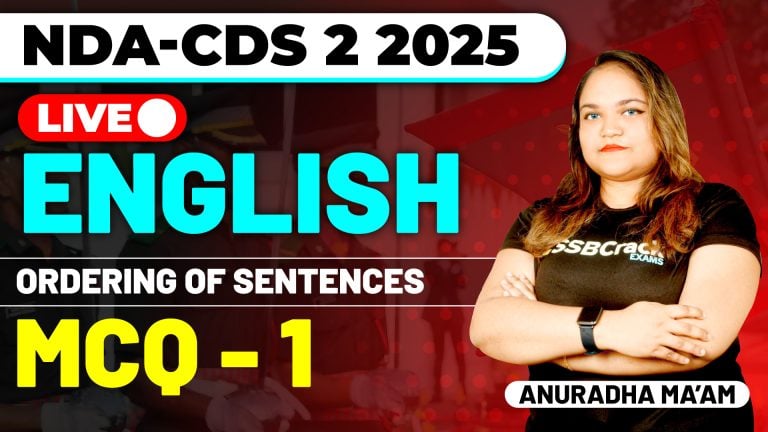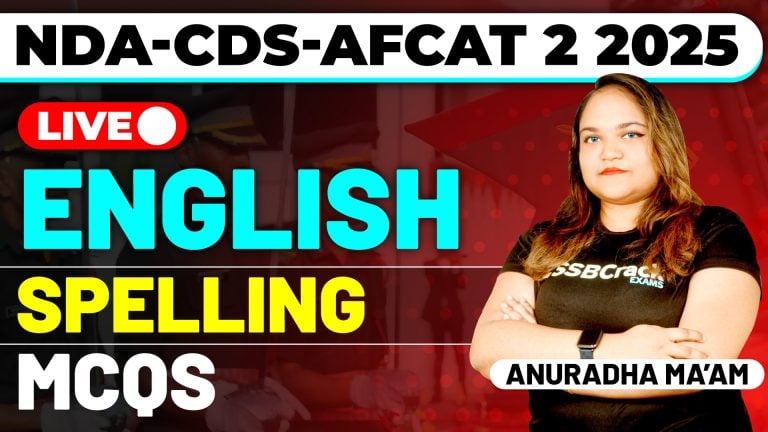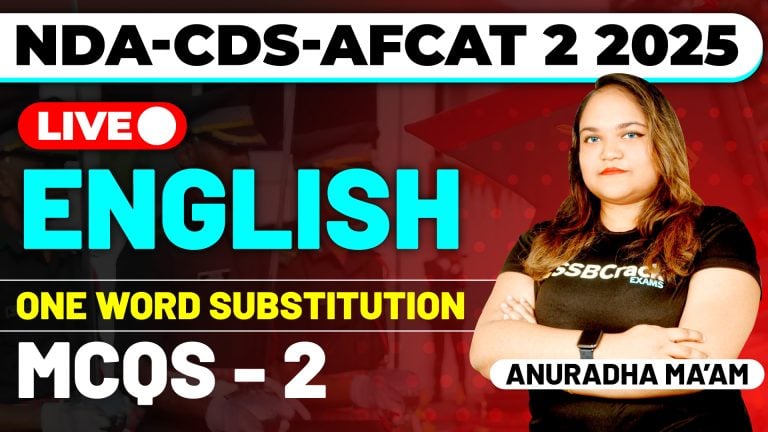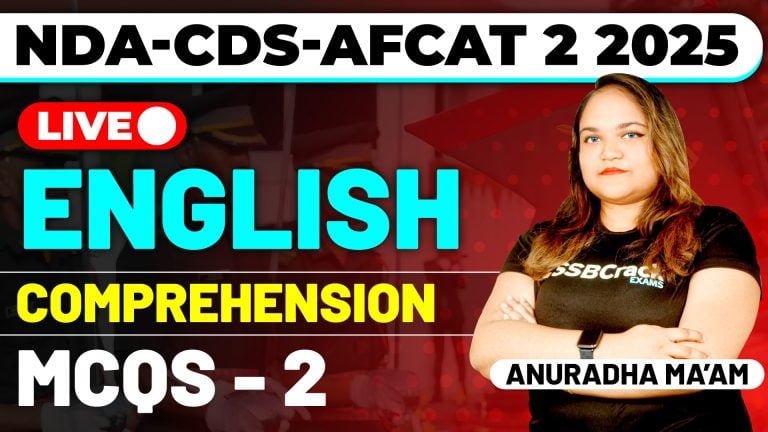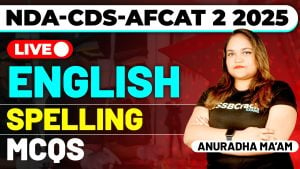The AFCAT (Air Force Common Admission Test) and CDS (Combined Defence Services) exams are renowned for their high level of competition and are the gateway to pursuing a career in the Indian Air Force and other branches of the Indian Armed Forces. The Reasoning section of these exams plays a pivotal role, and within this section, Verbal Classifications is a fundamental component. In this article, we will delve into the core concepts of verbal classification, including its definition, types, and examples. We will cover various aspects of classification, such as number classification, word classification, and letter classification, to equip you with the knowledge you need to excel in the AFCAT-CDS 1 2024 Exam.
Understanding Verbal Classification
Verbal classification is a cognitive process that involves categorizing words, numbers, or letters into groups based on shared characteristics or patterns. This concept is vital in the Reasoning section of the AFCAT and CDS exams, where candidates are presented with sets of items and are required to identify the common feature or relationship among them. To succeed in this section, it is essential to grasp the fundamentals of verbal classification and practice different types of classification questions. Let’s explore these key components in detail:
Definition of Verbal Classification
Verbal classification, also known as word classification, is a logical process that involves organizing a group of words or terms into different categories based on a common attribute or feature. It tests the candidate’s ability to recognize relationships and patterns within a set of items.
Types of Verbal Classification
There are various types of verbal classification questions that candidates might encounter in the AFCAT and CDS exams. These can be categorized into the following groups:
1. Number Classification
Number classification involves organizing a set of numbers into different categories based on a shared mathematical rule or pattern. Candidates are required to identify the specific relationship or feature that unifies the numbers in each group. Let’s consider an example of number classification:
- Example: 16, 25, 49, 64, 121
In this case, the numbers can be classified into two groups: perfect squares (16, 49, 64, 121) and non-perfect squares (25). The common attribute in each group is whether the number is a perfect square.
2. Word Classification
Word classification deals with grouping a set of words into categories based on shared linguistic characteristics or meanings. Candidates must identify the common feature that links the words within each group. Here’s an example of word classification:
- Example: Apple, Banana, Orange, Carrot, Potato
In this instance, the words can be classified into two groups: fruits (Apple, Banana, Orange) and vegetables (Carrot, Potato). The common attribute is the type of food.
3. Letter Classification
Letter classification involves categorizing a set of letters into groups based on shared patterns or relationships within the alphabet. Candidates need to identify the specific characteristic that unites the letters in each group. Let’s look at an example of letter classification:
- Example: B, G, M, P, T
In this case, the letters can be divided into two groups: the second letter of the word (G, M, P, T) and the first letter of the word (B). The common attribute is the position of the letter within the word.
Examples of Verbal Classification
To better understand the concepts of verbal classification, let’s explore some real-world examples:
Number Classification:
- Example: 8, 27, 64, 125, 216, 343
In this example, the numbers can be classified into two groups: cubes of odd numbers (27, 125, 343) and cubes of even numbers (8, 64, 216). The common attribute is whether the cube root of the number is an odd or even number.
Word Classification:
- Example: Dog, Cat, Parrot, Chair, Sparrow
Here, the words can be divided into two groups: animals (Dog, Cat, Parrot, Sparrow) and objects (Chair). The common attribute is the type of entity represented by the word.
Letter Classification:
- Example: A, D, G, J, M
In this instance, the letters can be categorized into groups representing the first letter of the months (J, M) and the first letter of the days of the week (A, D, G). The common attribute is whether the letter represents a day of the week or a month.
Preparing for Verbal Classification in AFCAT-CDS 1 2024 Exam
To excel in the Verbal Classification section of the AFCAT and CDS exams, effective preparation is crucial. Here are some key strategies to enhance your performance:
1. Learn the Types
Familiarize yourself with the different types of verbal classification questions: number, word, and letter classification. Understand the common attributes that unite items within each group.
2. Practice, Practice, Practice
Solve a variety of classification questions regularly to sharpen your ability to recognize patterns and relationships. Utilize practice papers and previous years’ question papers to hone your skills.
3. Build Vocabulary
For word classification, having a strong vocabulary is essential. Reading books, newspapers, and articles will expand your word knowledge and aid your performance in word classification questions.
4. Logical Reasoning
Develop your logical reasoning skills to identify the underlying patterns and relationships within number and letter classification questions.
5. Time Management
In the AFCAT and CDS exams, efficient time management is vital. Set a time limit for each classification question during practice to improve your speed and accuracy.
6. Review and Learn
After solving practice questions, review your answers and identify any mistakes. Learning from your errors is crucial for improvement.
Conclusion
In conclusion, verbal classification is a significant component of the Reasoning section in the AFCAT and CDS exams. To perform well in this section, you must have a strong grasp of the different types of classification and practice regularly. Mastery of number, word, and letter classification, along with a robust vocabulary and logical reasoning skills, will significantly enhance your chances of success. Keep practicing and stay focused, and you will be well-prepared for the AFCAT-CDS 1 2024 Exam. Best of luck on your journey to joining the Indian Armed Forces!


